Today is Endangered Species Day, a chance to raise awareness and educate about the plight of many of the world’s species that are at risk of extinction. The International Union for the Conservation of Nature (IUCN) is responsible for the classification of species and their status, the most at risk being on the IUCN RedList.
Here at Wingham Wildlife Park, as with most zoos, we are passionate about conservation and halting the decline of our most endangered animals. Zoos have their role to play in conservation, most notably from the extensive breeding programs in place for the most endangered of species.
We all know the image of tigers, giant pandas and rhinos flying the flag for endangered animals, and rightly so. However, there are a so many more that are not given the attention they deserve even though they are arguably in need of our help the most. I’ve created a list of 5 of the most endangered animals that we have here at Wingham for you to (hopefully) fall in love with on Endangered Species Day!
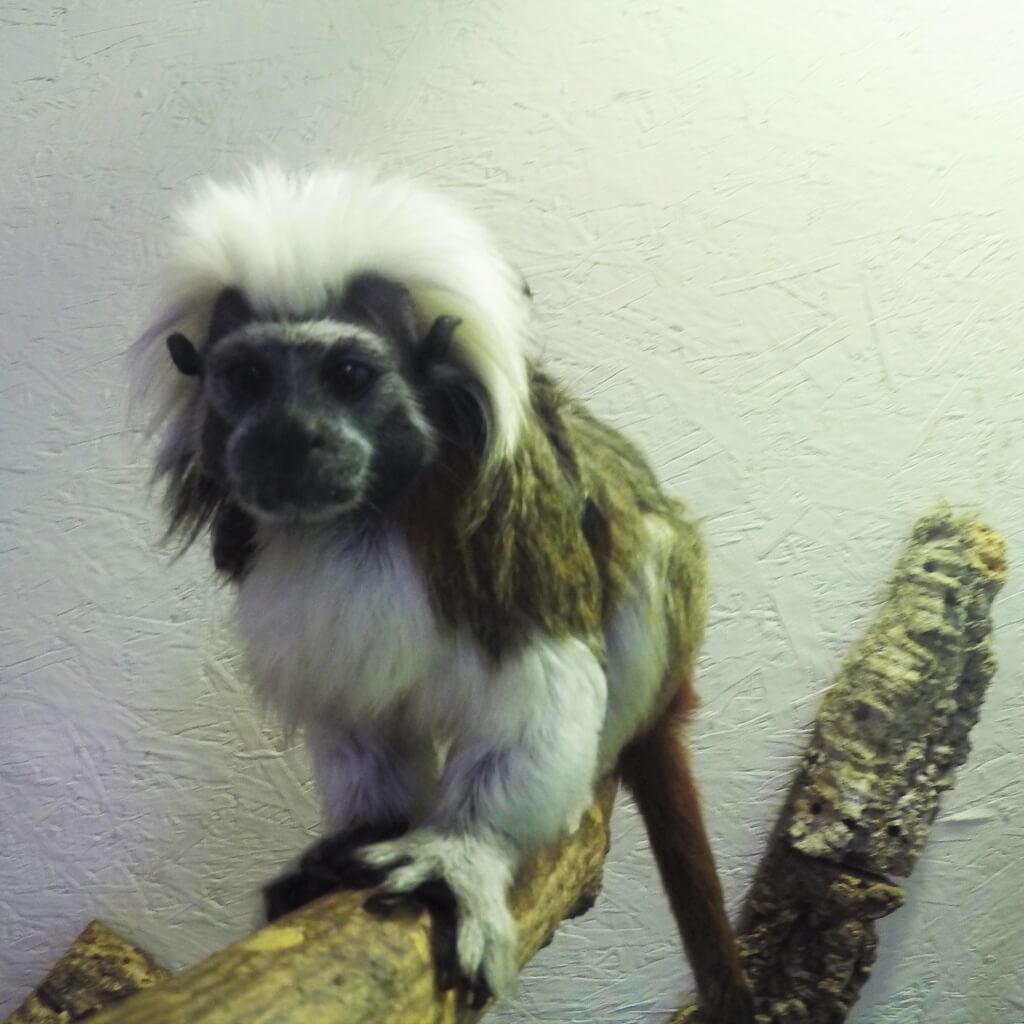
PRIMATE: Cotton Top Tamarin (Saguinus Oedipus)
STATUS: Critically Endangered (Around 2,000 adults left in the wild)
RANGE & HABITAT: Colombia. Tropical forests, throughout the lower levels and understory.
THREATS: Habitat destruction due to clearance for agriculture, logging and capture for the pet trade.
OTHER FACTS: The cotton top is named so after its very daring hairstyle that males and females both share. In the wild they live in tight family groups of around 2-9 individuals. These little monkeys have a huge attitude for their size and can be little savages when threatened. Our little “punk rockers” can be found upstairs in our chimp building, along with the rest of our Tamarin species. They share their enclosure with a 3 banded armadillo and some hedgehogs. If you keep your eyes peeled you may even be able to catch a glimpse of their baby hitching a ride on mum’s back!
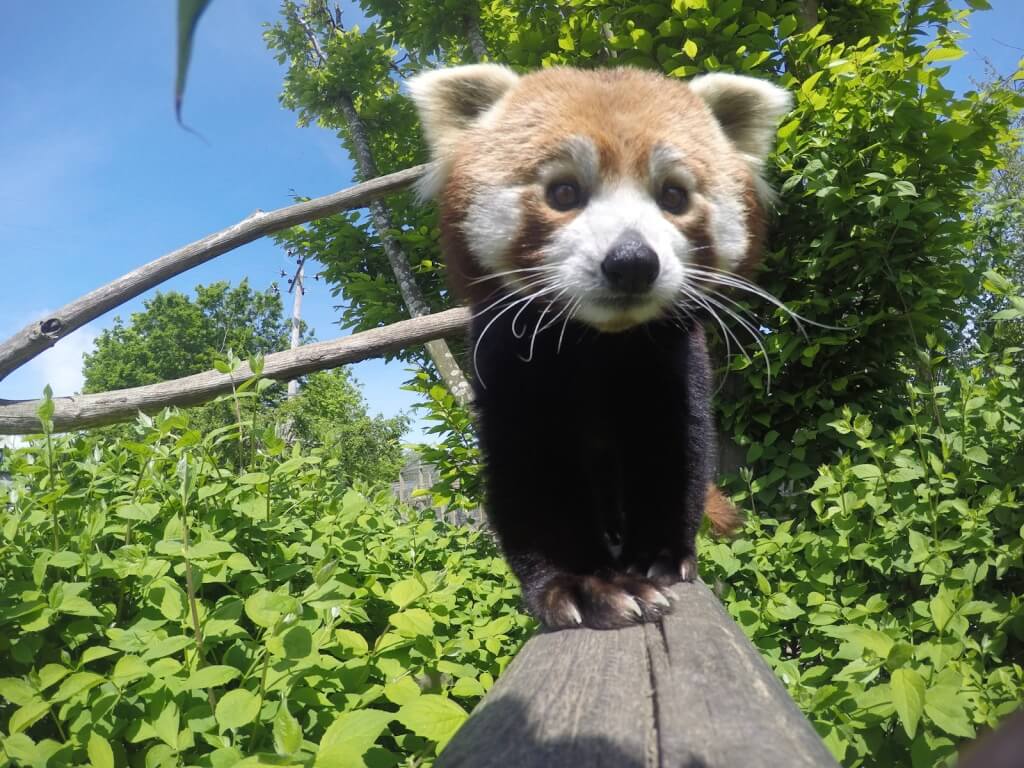
CARNIVORE: Red Panda (Ailurus fulgens)
STATUS: Endangered (around 10,000 left, declined by 50% in the last 20 years)
RANGE & HABITAT: From India to China. Thick bamboo forests along the Himalayan Mountain range.
THREATS: Habitat loss and fragmentation, livestock stopping bamboo growth, inbreeding and poaching for illegal wildlife pet trade.
OTHER FACTS: The red panda is not related to the giant panda at all, these guys are much more closely related to the Mustelids (weasels, badgers and skunks). They are solitary, feeding on a range of seasonal foods. Our male and female pair of pandas, named Raymundo and Mei Xian respectively, enjoy lazing around most of the day (they sleep A LOT!) quite often at the very top of their tree in their enclosure where they have the best view.
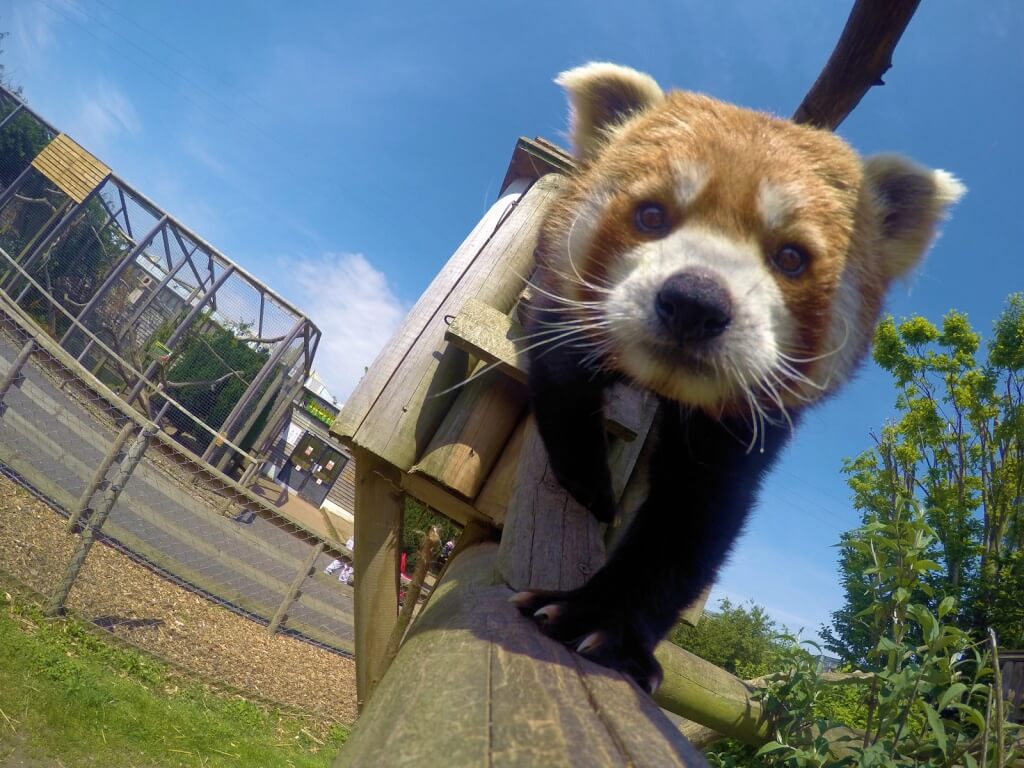
MAMMAL: Visayan Warty Pig (Sus cebifrons).
STATUS: Critically Endangered (declined by 80% in the last 20 years)
RANGE & HABITAT: 4 islands in the Philippines. Mainly found in forested areas with dense cover.
THREATS: Habitat destruction with the clearance of most forested areas for logging and agriculture. Hybridization with domestic pigs is also becoming an increasing problem.
OTHER FACTS: Highly social and intelligent animals. Our group of three brothers can be found down at our paddocks. With his impressive “Elvis” hair-do the dominant male is easily recognized and is often seen keeping his two brothers in check when they are too cheeky. Their favorite pastimes are rooting around in their wallow or trashing their very fresh clean bedding!
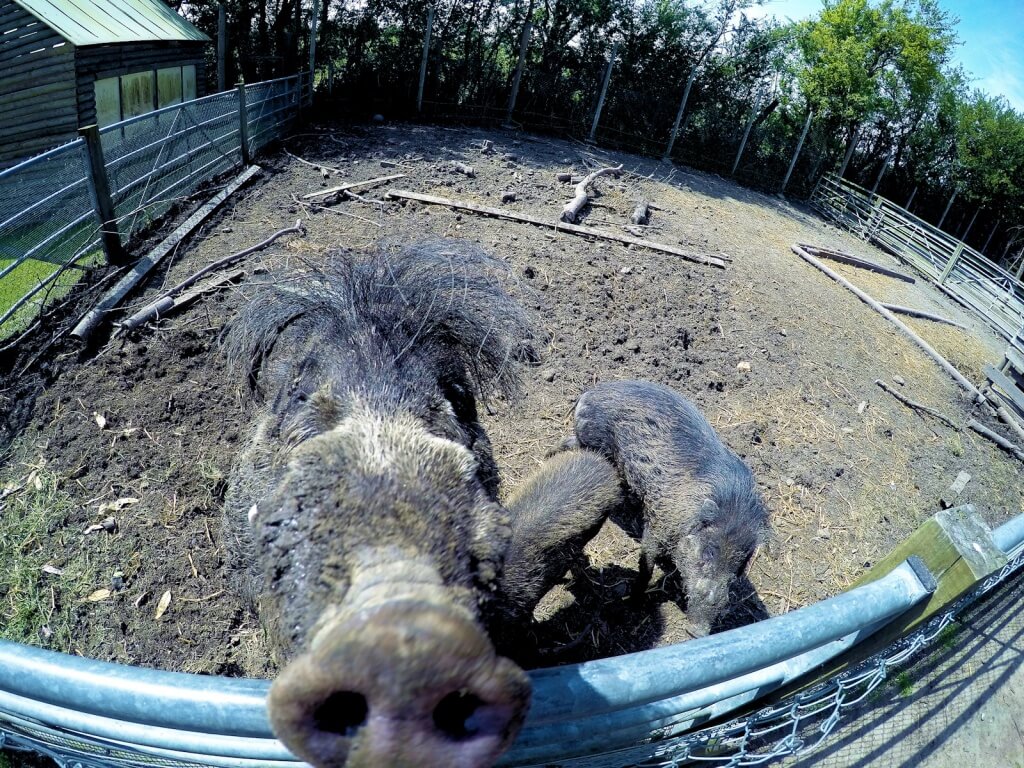
BIRD: Edwards’s Pheasant (Lophura edwardsi)
STATUS: Critically Endangered (Data deficient, estimated around 50 in the wild)
RANGE & HABITAT: Vietnam- Damp mountain rainforests
THREATS: historical range lost to logging agriculture and herbicide spraying during the Vietnam war. Current range is very restricted and patchy, and regular hunting using snares is practiced throughout.
OTHER FACTS: This very rare bird was thought to be extinct until it was rediscovered in 1996. They are nearly identical to the Vietnamese pheasant, which are also listed as Endangered. If you have your eyes peeled, you may be lucky enough to spot our female dashing through the undergrowth in our tropical house.
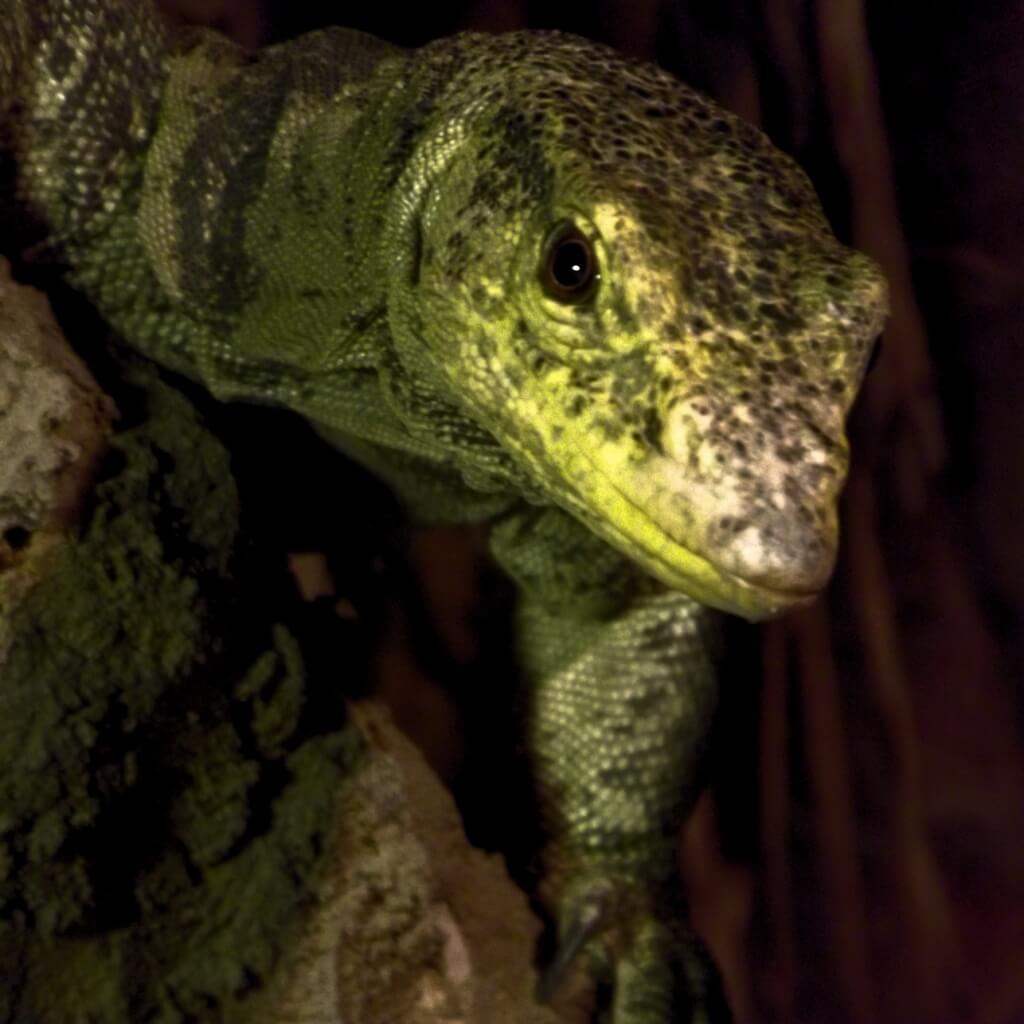
REPTILE: Gray’s Monitor (Varanus olivaceus)
STATUS: Vulnerable (data deficient- decline thought to be 30% over 10 years but could be much more)
RANGE & HABITAT: Philippines- tropical rainforests high up in the canopy to avoid being eaten by water monitors
THREATS: Habitat loss and fragmentation, capture for the pet trade and lack of knowledge.
OTHER FACTS: their shyness makes this species increasingly hard to study. As adults they are frugivorous (fruit eaters), as juveniles they are carnivorous (meat eaters), therefore their whole dentition changes from sharp teeth for tearing flesh, to flat grinding teeth for eating tough fruits. Extremely uncommon in captivity, could be as little as only four in Europe, with Wingham Wildlife Park housing the only female.



